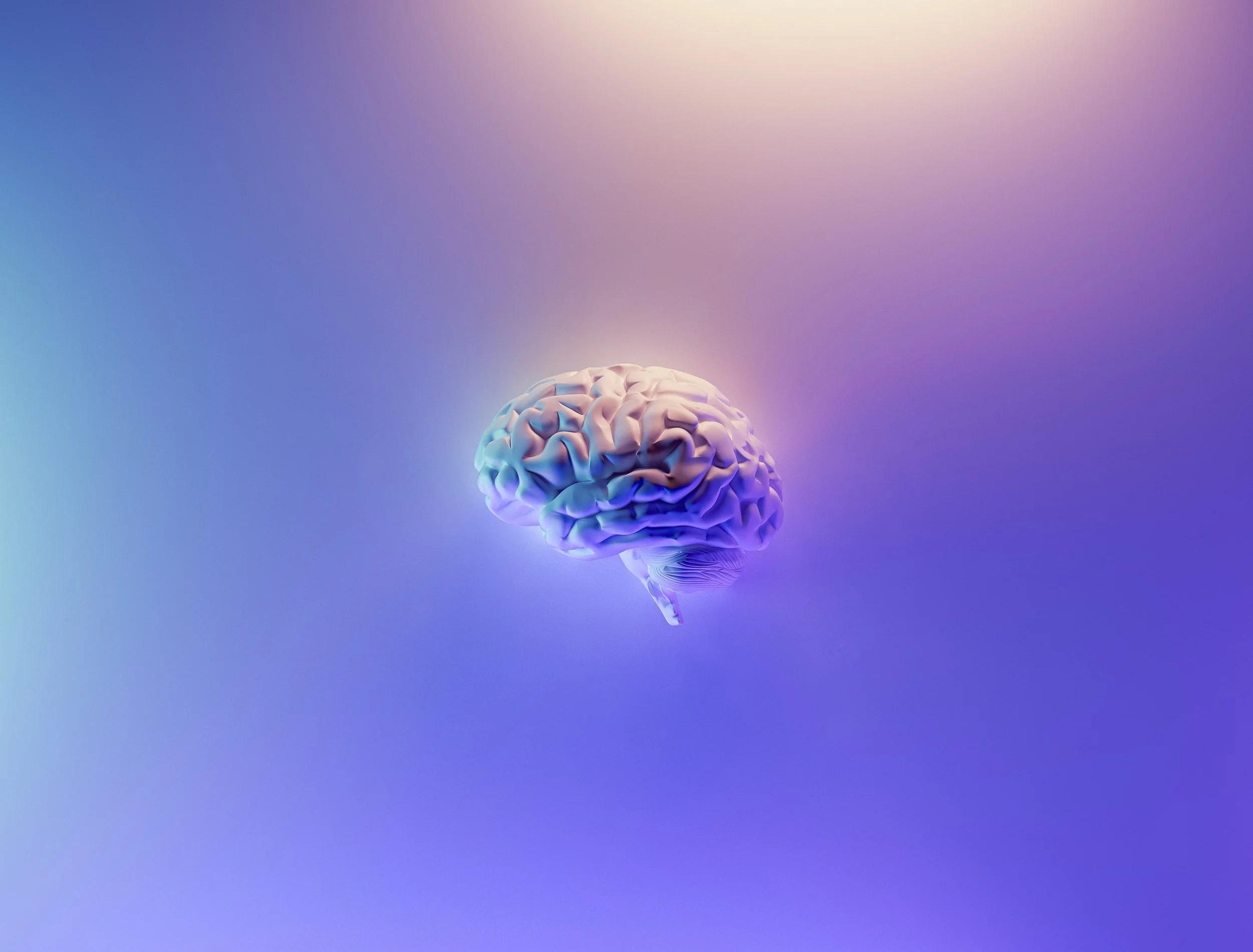How Marketers Apply the Neuroscience of Vision

Are you a visual learner? Maybe you’re an audio or tactile learner? Trick question because humans have evolved to be visual learners. While most people have 5 working senses, they aren’t being used equally. Humans rely on their visual capabilities the most. This article will cover the basic neuroscience of vision and the role it can play in marketing.
Needless to say, a person’s sense of sight is powerful. A third of the human brain’s cortex is dedicated exclusively to vision. Visual elements automatically have a heavier influence on your perceptions.
The Neuroscience of Vision For Marketers
The McGurk Effect, a classic finding in psychology, shows just how dominant vision is. In these experiments, you watch a person’s face as they say the word “Ba”. But in one condition, the visual input is artificially altered - the face mouths what looks like “Ma”. Even though the actual sound is “Ba”, what you hear is “Ma”! The McGurk Effect illustrates that when vision and auditory input conflicts, vision wins out. See for yourself.
Since the brain has declared vision as the VIP amongst senses, you’ll never go wrong by finding more ways to be visual in your marketing.
Marketing Application for Vision
What visual picture are you painting? Are you seizing every opportunity to sprinkle in distinct visuals? Is there a heavy chunk of text that you can turn into a visual instead?
In what ways are these visually distinct from your competitors? Outside of your logo, do your customers associate you with a specific visual feature, such as a color? Think Tiffany's Blue, Orange in Orange Theory Fitness and the brown in UPS.
Humans have one of the most well-rounded visual systems in the animal kingdom. While you may not be able to see the farthest, like a falcon, or have the broadest field of vision, like an insect, you do see most things pretty well.
Two Vision Photoreceptors Marketers Must Know
One key feature of a consumer’s visual system that marketers should be aware of is the two types of photoreceptors found in the back of the eye.
Rods are located in the periphery of your visual field - they’re specialized for low-light conditions, and are particularly sensitive to motion. They are concentrated around the periphery of your visual field which explains why motion detection is highest in your periphery.
Next up are cones. Cones are specialized for daytime and process color. They are concentrated in the center of your visual field which explains why the highest amount of visual acuity is in the center of your visual field.
You can use these two photoreceptors to develop your user experiences. Consider where you want your consumer’s focus to be.
As a general rule of thumb, anything that can visually communicate should be in the center. If you want to try and direct your consumer’s attention to something dynamic, placing these features out to the periphery makes them most likely to be picked up by motion-sensitive rods.
Many brands have already converged onto this for their digital presence, by placing focused content in the center, and with dashboards, off to the side. Beyond the brand, any opportunity to use visuals across marketing should be optimized, from email messaging to ad copy and content.
Think about vision in the context of your user experience, and in your brand identifiers. Seek out opportunities to tap into the power of vision and take your marketing to the next level.
Written by Prince Ghuman
What’s Next?
The neuroscience of color has important implications for a wide range of fields, from design and marketing to health and wellbeing.
LeBron James' breaking of Kareem's record and the following interpretations illustrate the complex interplay between sports statistics and the psychology of statistics.
Memory is your brain’s attempt at connecting you to the past. Learn how memory can improve marketing!
This article will cover what the two consumer behavior motivations that marketers must know.
Learn a simply yet effective marketing strategy as it relates to system 1 & the law of least mental effort.
Moms know a thing or two about the psychology of guilt
Uncover the connection between the neuroscience of memory and emotion and learn how marketing can use it as a memory-booster.
Your brain is a relentless pattern-seeking machine. And these patterns affect consumer behavior in fascinating ways for marketers to note.
Since the brain has declared vision as the VIP amongst senses, you’ll never go wrong by finding more ways to be visual in your marketing.
Everything in marketing comes down to the brain, yet marketers don’t study brains.
The carrot needs to be dangling continuously.
Which of the following hits you harder: losing something or gaining something?
What if I were to tell you that you and everyone else you know is blind AND are entirely unaware of the blindness?
Attention is currency. Attention is a business model. But what is attention, really?
Find out the 3 crucial influences of a company revealing the gender pay gap on consumer behavior.
In 2003, everything changed with “1000 songs in your pocket”.
Find out why smell is to memories what a summary is to books.
What’s the best marketing strategy to make consumers more sustainable?
Can fashion be inclusive? Is fashion truly diverse?
How does the visual salience of credit card features affect consumer decision-making?
The habit of eating the same food for breakfast is pretty common. Why?
Associations are so deeply ingrained in us that we’ve devised “relationships” with definite expiration dates.
The constant chase of happiness in travel has a name. And we’ve been walking over it since.
Why do marketers project personal preferences onto consumers?
Could technology and virtual crowds be one of the NBA's most important plays?
Find out why minimalism is a life-long journey, not a destination.
Why are we so curious about fashion outfits we’ll never wear?
Customers become territorial as they “claim” spaces to work. How and why does this happen?

































Dive into the fascinating intersection of psychology and marketing and how to use psychological biases in marketing strategy.